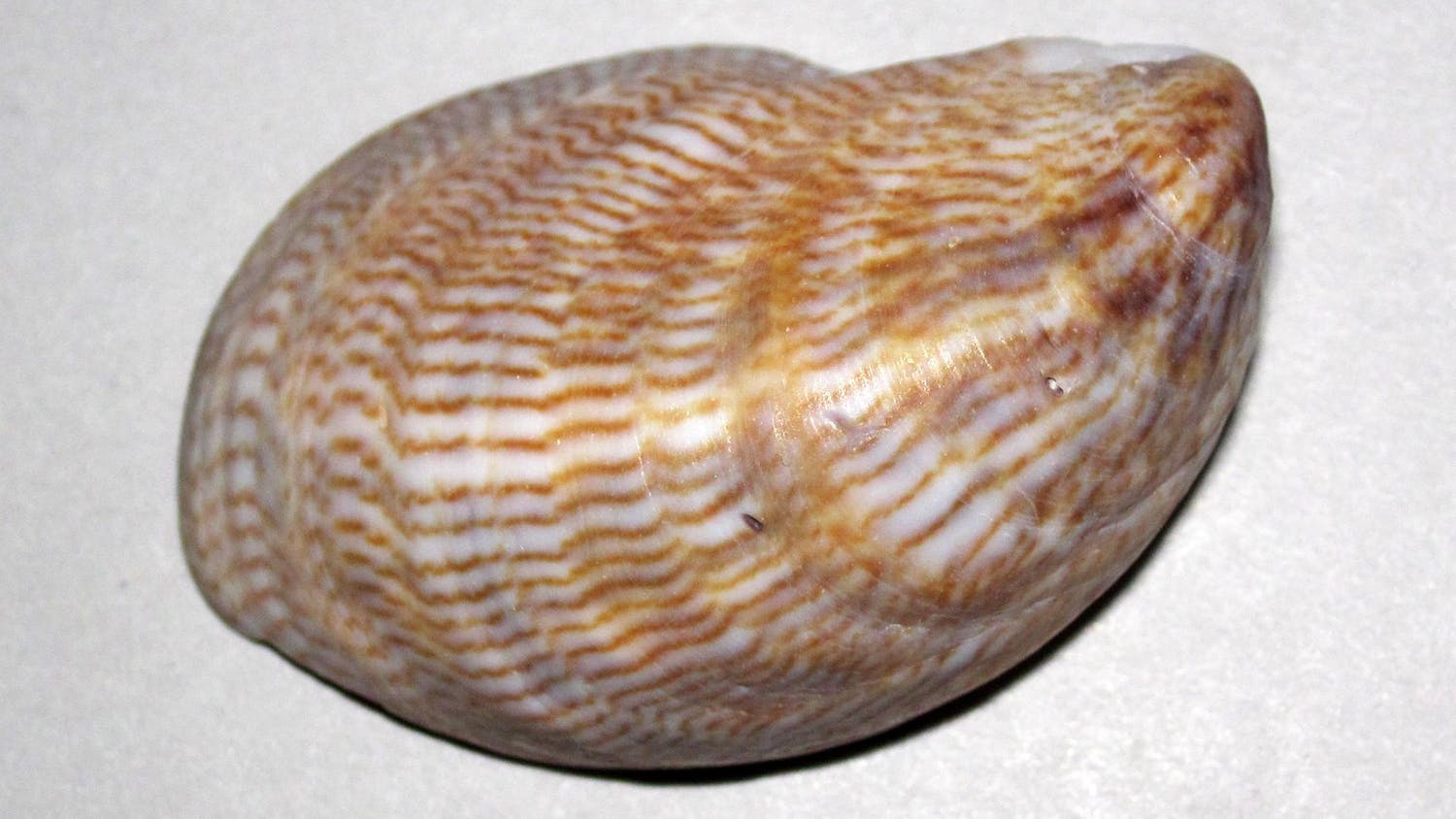Would Gordon Ramsay approve of lab-grown meat? With the Kaplan Lab’s work in replicating the flavors and textures of traditional meat from a small biopsy of animal cells, maybe one day he will. The most recent series of developments in the lab have contributed a method to mass produce cell-cultured fat — fat grown in a lab from just a few animal cells.
The past several years have seen a lot of excitement surrounding cultivated meat, with most scientific research — including work in the Kaplan Lab — focusing on developing muscle tissue. However, these products have often fallen short of mimicking the complex flavors and textures that vary between different types of meat. In the Kaplan Lab’s June 18th preprint on the fat development process, the researchers note “fat is key to the taste and texture of meat.”
“It's thought that the advantage [of growing cultured fat] is that you'll get the complex, undefined, animalistic essence and flavor that may be missing from plant based meats such as the Impossible Burger,” 6th year PhD student and lead author of the paper John Yuen said.
Yuen explained that the idea for the study came from observing the simplistic structure of fat cells, or adipocytes, under a microscope. Growing fat cells in their final aggregated form is an expensive and difficult endeavor, since vital oxygen and nutrients can only diffuse across the cell in tiny distances. To provide cells with these essential resources, scientists would have to include channels throughout the substance, which is technologically difficult and cost intensive.
But Yuen and the team decided to test an “elegantly simple” approach: growing fat on 2D surfaces with ample nutrients and then scraping together these fat aggregates.
“It was like, maybe midnight, and we had the fat cells grown,” Yuen said. “And we didn't know if it would actually go from cell to tissue if we piled them together, so we scraped the flask of cells, which manually piles the cells onto each other into one giant blob, and right before our eyes, it … became like fat tissue. So we were like, ‘God this is so cool.’ Because while simple, again, no one's actually shown that you can do that.”
The process begins with a biopsy, where cell samples such as fat from a pig’s belly are extracted to use for study. The researchers then turn these samples into fat progenitor cells so that they multiply and grow into a large mass of cells. After 10 to 30 days in which the cells accumulate fat, they are scraped together and treated with alginate, which binds the mass together.
“The next thing is no one's actually shown that having the actual cell culture fat tissue actually does solve the flavor aroma issue,” Yuen said. “We're trying to make arrangements with [Research Compliance & Safety] at Tufts and the FDA to do sensory evaluation panels with the fat that we grew using this approach. So we're thinking of having a study where we recruit from the Tufts population for people to examine these fats after cooking, and then they could for example, compare it with the fat from the animal.”
Yuen hopes that this study will take place later this year and said the opportunity to get involved will be advertised on posters around campus. While he mentioned that some companies have advertised their success in replicating meat flavors through tasting events and press releases, there isn’t hard science to support their claims. David Kaplan, principal investigator of the Kaplan Lab and chair of the Department of Biomedical Engineering, and several PhD students emphasized the goal of their lab to fill that gap in the data in aDaily article published in May.
In addition to testing whether the engineered fat delivers on the promise of enriched flavor, the lab is working on integrating the fat with muscle tissue to create meat compositions we are familiar with. Even when that is accomplished, challenges regarding the feasibility of cultivated meat, cost and production remain.
As researchers continue this work, Yuen suggests that mixing cultivated fat with plant-based meat products could potentially produce a more authentic meat flavor, keeping meat-like product costs lower.
“Many people are exploring different ways to scale up production of these cells,” Yuen said. “But as of now, there isn't a clear winner... Because people are still figuring out how to scale up in any way, using any approach.”






